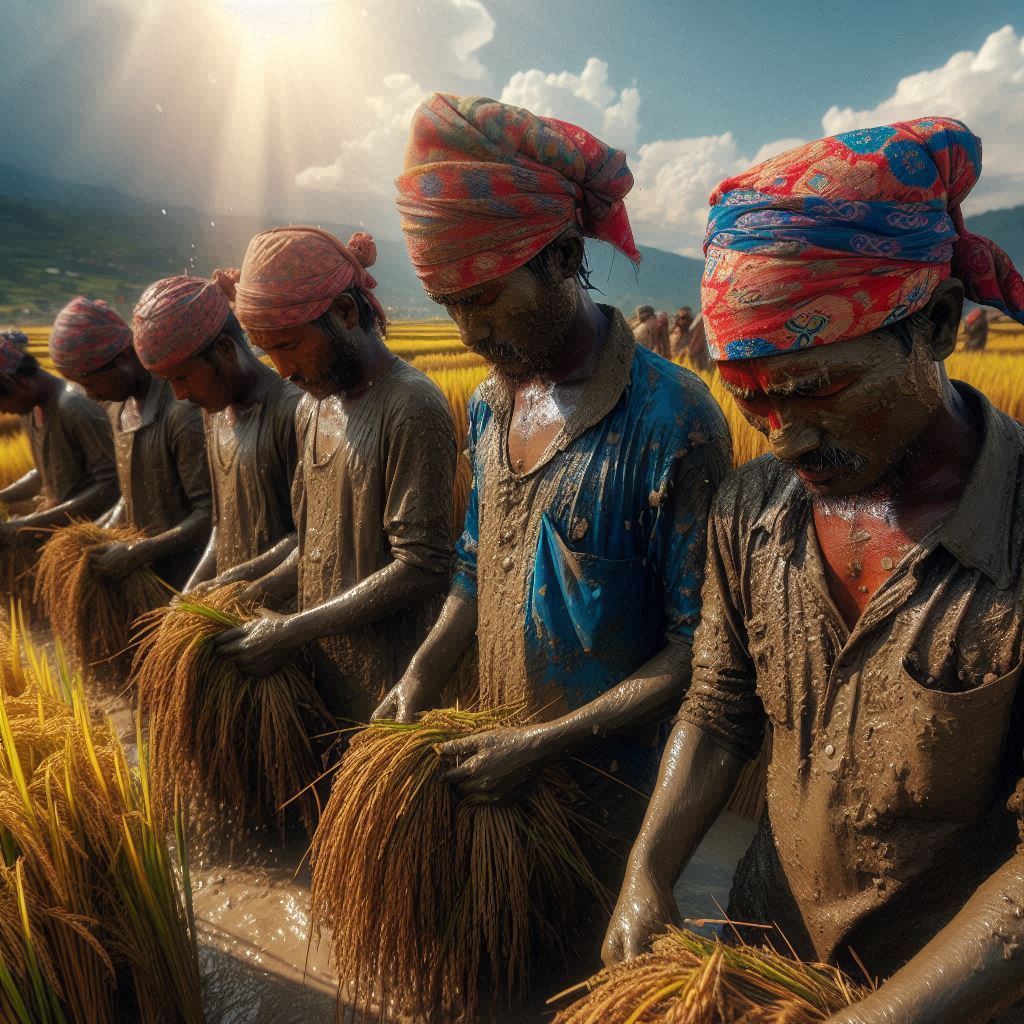Scars of Slavery

Slavery is an ancient and universal practice and has remained alive in Nepal even till the early 21st century.
Slavery is mentioned in the earliest Hindu scripture Rig Veda, which gives hints of slavery being prevalent in Vedic society.
Manusmriti another important Hindu literature also provides details of slavery that would help lay the foundation of the 14th century Manab Nyaya Shastra (Code of Human Justice) which is one of the earliest written legal codes in Nepal and would legitimatize slavery.
The earliest evidence of slavery in Nepal comes from the 7th-century inscription Anantalingesvara in Kathmandu Valley. The ancient inscriptions show that slaves were being assigned and gifted to the temple while slavery grew further in the last dynasty of Nepal- the Shah dynasty.
Jung Bahadur Rana’s visit to Britain in 1854 would create Muluki Aen another codified law inspired by the British legal system and created a foundation of the Nepali legal system. Ironically, while Britain had outlawed slavery in 1834 these modern values would not inspire orthodox Jung Bahadur Rana, the de facto ruler of Nepal, and slavery till 1926.
Some Nepalese admire Chandra Shamsher for his pursuit of ending slavery. There is also literature that has credited the League of Nations and its Slavery Commission to play a role in ending slavery in Nepal.
Prime Minister Chandra Shamsher used the trust money of the Pashupati temple to compensate the slave owners. This would lead to the end of an era where slave owners would be compensated for the loss of slavery, however, bonded labor would continue for another century.
In 2000 Nepal government abolished slavery in 2000 and again in 2006 Supreme Court decided to end slavery. Yet the stories of bonded labor slip in the news of Nepal.
Nepal also makes a significant story of people such as Shanta Chaudhary who from a bonded labor known as Kamlari ended up becoming a Member of the Constituent Assembly in 2008. Similarly, Krishni Tharu another Kamalari became Deputy Speaker of Province 5.
These rags-to-riches narratives feel as if the problem is completely solved but there are many stories that continue to be in despair to this day.
In Nepal, there are a variety of kinds of slavery, slavery in the Hills known as Haliya, and slavery in Terai known as Kamaiya. There is also Nepalese slavery abroad known as the Kafala system. Nepalese in Nepal have to pay exorbitant recruitment fees while in Gulf countries the sponsors (Kafeel) pay money for sponsorship. In reality, the sponsor covers travel expenses, accommodation, and other expenses which creates the sponsor's legal right to control migrants' mobility as well as visa status as a result Nepalese would be enslaved in Nepal as well as abroad. Breaking the contract could lead to imprisonment or exiting the host country.
Between 2008 and 2019, 1,461 Nepalese died in Qatar where the FIFA World Cup stadium was being constructed.
The scars of the past have caused people to remain poor and landless and these people intend to go abroad to make a living where again a new form of slavery continues to haunt the poor and suppressed.
Author
Kripendra Amatya
Editor
Dana Moyal Kolevzon, Director of International Relations, Nepa~laya Productions
Published Date
January 1, 1970



